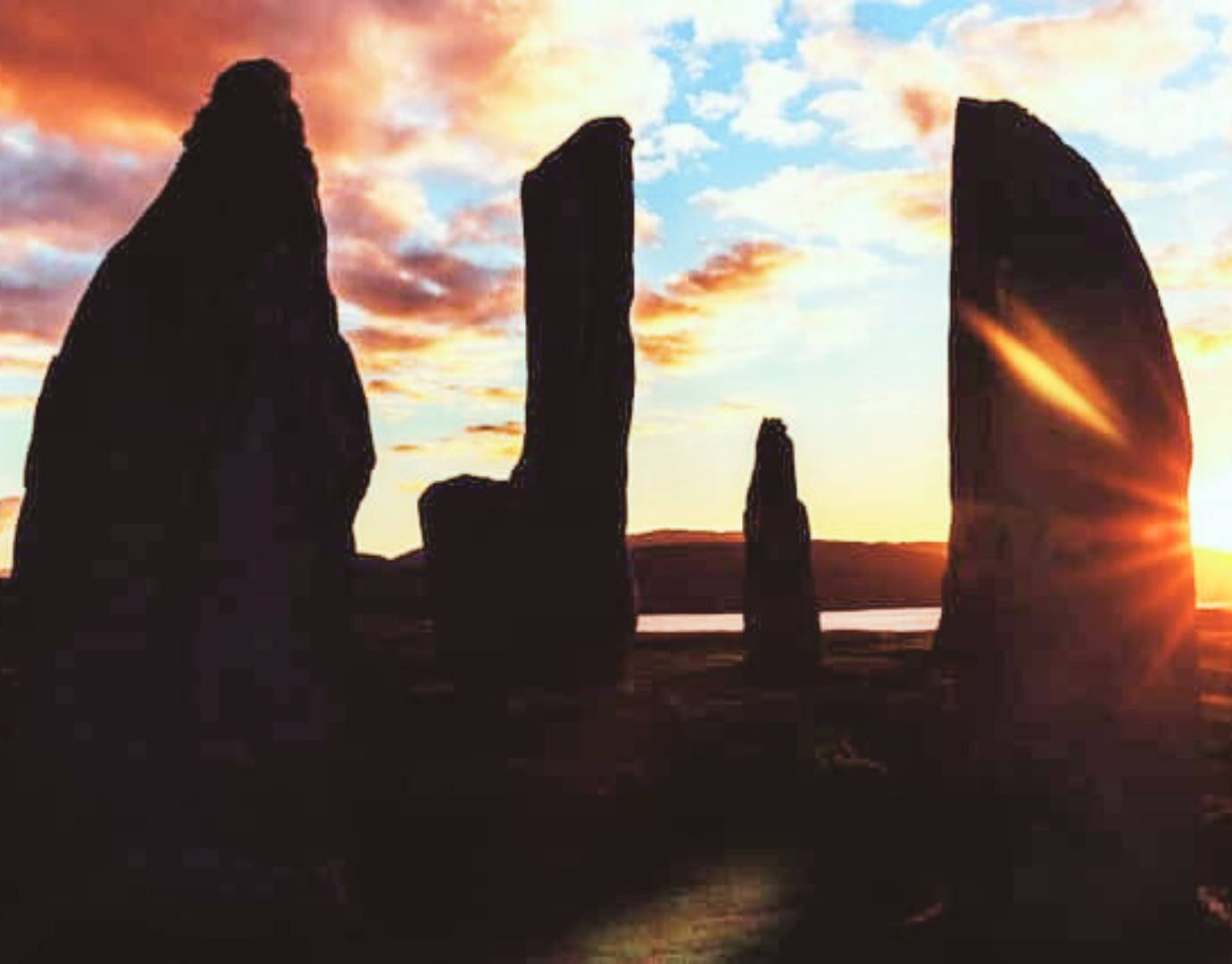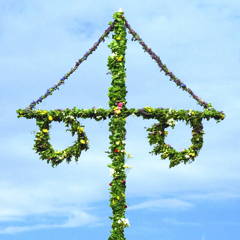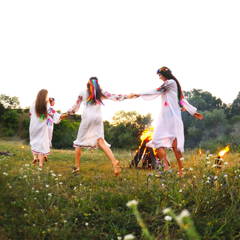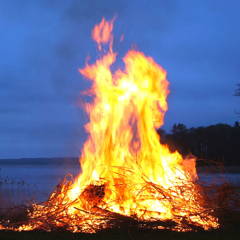Scandinavian inspiration every week in your inbox.

Your heading text goes here
FIVE THINGS YOU (MAYBE) DIDN'T KNOW ABOUT MIDSUMMER
Maybe you're a Midsummer expert, maybe you're not?
Did you know these five things about Midsummer?
1. THE MIDSUMMER POLE
Midsummer’s most famous symbol -“midsommarstången" (the midsummer pole) is said to have come to Sweden from Germany during the Middle Ages. It is sometimes called the maypole because it was erected in Germany in connection with the May Day celebrations. It is also believed that the maypole was used by deacons, students of the time, and servants who roamed the towns and villages and "sang May" for food and money in exchange.

2. IT'S ALL ABOUT PLANNING
Midsummer Eve was always celebrated on June 23, up until 1952. The Midsummer celebration was originally a church festival, dedicated to John the Baptist, therefore John the Baptist's day on June 24 always coincided with Midsummer. However, in 1952 it was thought that Midsummer disturbed the working week and therefore, Midsummer Eve now always falls on a Friday, always between June 19-25.

3. A MAGICAL NIGHT
In the “folk beliefs” of the peasant society, Midsummer night was one of the most magical nights of the year, when nature flowed with forces. Medicinal plants were said to be extra powerful and therefore gathered during the midsummer night. Rolling naked in the midsummer dew was strengthening for health as well as saving a wreath and using it for the Christmas bath. If you were treasure hunting, midsummer was the best time to do this - it was said that enchanted treasures rose from the earth and became visible to humans on Midsummer’s Eve. A tradition that still lives on today is to put seven or nine kinds of flowers under the pillow. In the dream, you then get to see who you are going to live the rest of your life with.



